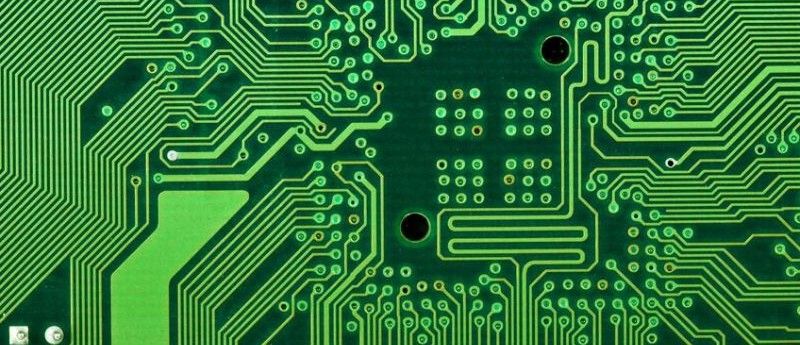The Future Of Printed Circuits: Silver And Carbon Ink On PET Film
Printed electronics is revolutionizing how electronic circuits are manufactured by leveraging additive printing processes. This article discusses the technology behind printing conductive traces using silver and carbon ink on PET (polyethylene terephthalate) film substrates and its potential applications. The technology has the potential to disrupt traditional PCB manufacturing, paving the way for novel form factors and applications of printed circuits.

What Are Printed Circuits?
Printed circuits refer to electronic circuits created by depositing patterns of conductive inks on thin film substrates using digital printing techniques. This contrasts with the traditional subtractive approach of etching copper traces on circuit boards.
Printing circuits offers several benefits over conventional PCB manufacturing:
• Lower costs - The additive, mask-less process and simplified materials reduce manufacturing expenses.
• Flexibility - Printing on thin plastic films like PET allows creating flexible circuits for curved surfaces and textiles.
• Customization - Digital printing enables on-demand, short-run production of customized circuits specific to part geometries.
• Eco-friendly - Printing uses less material and involves a cleaner process with fewer chemicals.
• Novel form factors - The flexibility of printed circuits allows innovative, non-traditional form factors that are not possible with rigid PCBs.
While a variety of conductive inks and substrates exist, printing silver and carbon ink on PET film is gaining popularity due to its optimum balance of performance and cost.
Silver And Carbon Ink Pet Circuit Nanoparticle
The two most common types of conductive inks used for printing circuits are silver and carbon nanoparticle inks:
• Silver inks - Offer the highest conductivity due to the high electrical and thermal conductivity of silver metal. These inks are ideal for applications requiring low trace resistance.
• Carbon inks - Consist of carbon nanoparticles which self-assemble into conductive networks when cured. They are more economical but have higher resistivity than silver inks.
Both types of inks utilize nanoparticles in the 1-100 nm size range that sinter together when heated to form a continuous conductive film. Addition of binders and solvents ensures the inks have the proper rheology for printing.
PET Film Substrate
Polyethylene terephthalate film is widely to use as a substrate for printed circuits due to its:
• Flexibility - PET remains flexible even after multiple bending cycles.
• Dimensional stability - It has low thermal shrinkage andexpansion properties.
• Transparency - Allows printing of traces on both sides of the film.
• Insulating properties - PET acts as an electrical and thermal insulator between circuit layers.
• Chemical resistance - It can withstand exposure to many common chemicals.
• Low cost - PET films are economical and easily available in different thicknesses from 25 microns to 1mm.
Together, silver and carbon conductive inks printed on PET film substrates offer the promise of cost-effective flexible and printed circuits for a new generation of electronics products. Potential applications include smart labels, flexible sensors, IoT devices, wearables and e-textiles. As printing technologies evolve, we can expect even more innovative uses of this game-changing printed circuit manufacturing approach.
